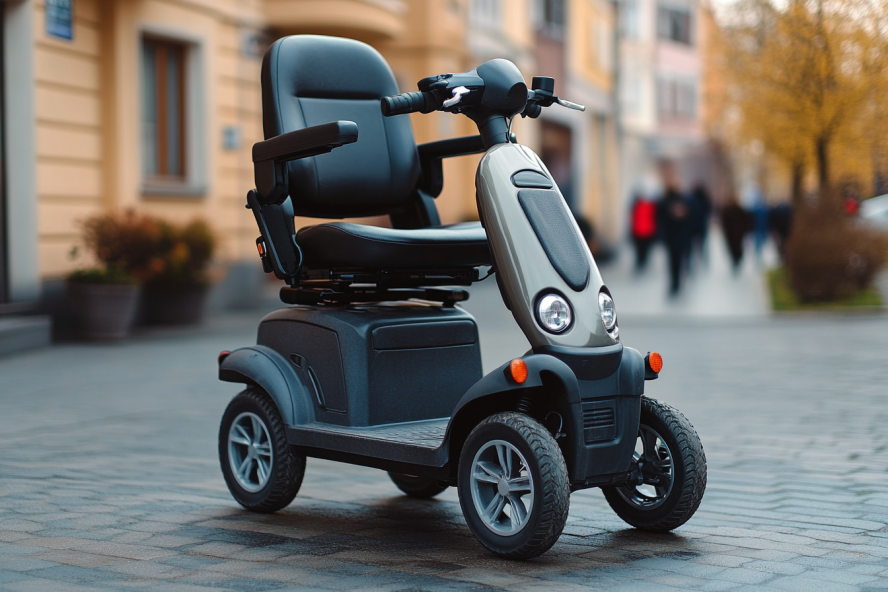How To Navigate Medicare Coverage For Mobility Scooters
Understanding Medicare coverage for mobility scooters can be complex, but learning how the system works may help you explore available options. This article explains what to consider, how some people qualify, and what factors influence coverage. Discover more in this article.

What Basic Requirements Must You Meet for Medicare Coverage?
Medicare Part B may cover mobility scooters (power-operated vehicles) when deemed medically necessary. To qualify, you must have a face-to-face examination with your doctor who can certify that you:
-
Have a health condition that causes significant mobility limitations
-
Cannot perform daily activities even with a cane, walker, or manual wheelchair
-
Can safely operate the mobility scooter
-
Have adequate strength to safely transfer in and out of the scooter
How Does the Medicare Documentation Process Work?
Your healthcare provider must submit detailed documentation showing:
-
Your medical condition and mobility limitations
-
Why a cane, walker, or manual wheelchair won’t meet your needs
-
Your ability to safely use the mobility scooter
-
Confirmation that you can use the scooter in your home
Additionally, the supplier must be Medicare-approved and accept assignment.
What Portion of Costs Does Medicare Cover?
Medicare typically covers 80% of the approved amount for mobility scooters under Part B coverage. The beneficiary is responsible for:
-
The remaining 20% coinsurance
-
The annual Part B deductible
-
Any additional costs if the actual price exceeds Medicare’s approved amount
Some Medicare Advantage plans may offer different coverage levels or requirements.
Which Types of Mobility Scooters Qualify for Coverage?
Medicare generally covers basic mobility scooters that are:
-
Necessary for use inside the home
-
The least costly option that meets your medical needs
-
Prescribed by a Medicare-enrolled doctor
Luxury features or upgraded models may not be covered unless deemed medically necessary.
What Are Common Reasons for Medicare Denial?
Medicare may deny coverage for mobility scooters if:
-
The documentation doesn’t adequately support medical necessity
-
The scooter is primarily for outdoor use
-
A less expensive mobility aid could meet your needs
-
You don’t meet the physical requirements for safe operation
-
The supplier isn’t Medicare-approved
What Are the Current Cost Expectations for Mobility Scooters?
| Type of Scooter | Medicare Approved Amount | Typical User Cost Share |
|---|---|---|
| Basic 3-Wheel | $1,500-2,000 | $300-400 |
| Standard 4-Wheel | $2,000-2,500 | $400-500 |
| Heavy-Duty | $2,500-3,500 | $500-700 |
Prices, rates, or cost estimates mentioned in this article are based on the latest available information but may change over time. Independent research is advised before making financial decisions.
The road to obtaining Medicare coverage for a mobility scooter requires careful attention to documentation requirements and coordination between healthcare providers and approved suppliers. Success often depends on thoroughly documenting medical necessity and choosing an appropriate scooter that meets Medicare’s criteria while addressing your mobility needs.
This article is for informational purposes only and should not be considered medical advice. Please consult a qualified healthcare professional for personalized guidance and treatment.




